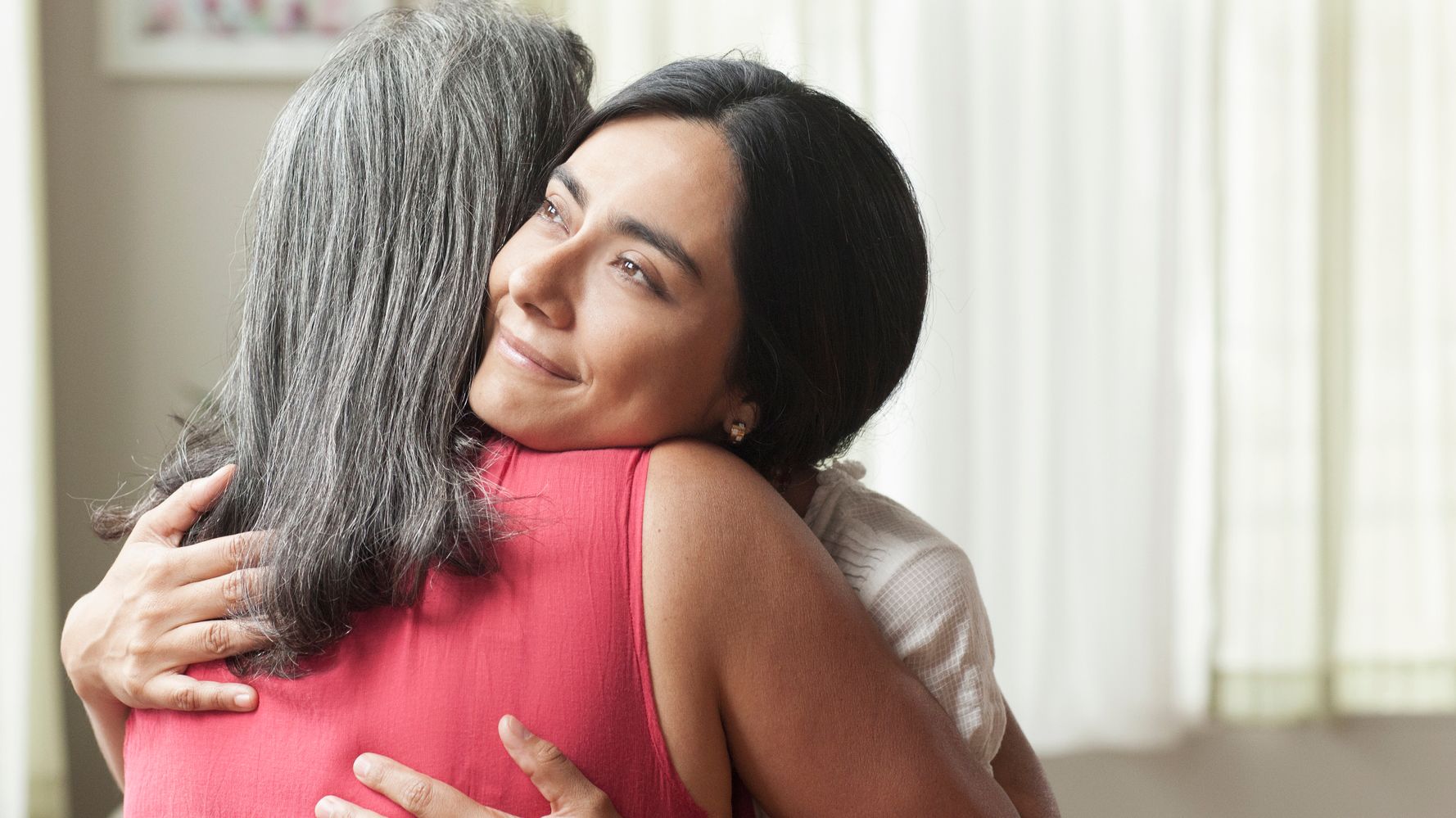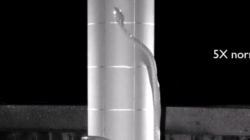More than 6 million doses of the COVID-19 vaccine have been given so far in the United States. Many health care workers and other high-risk individuals have now received both doses, which means they’re one step closer to getting their lives back.
But what does “back” actually mean when the U.S. is still in the grips of the coronavirus pandemic, and the vast majority of Americans are not vaccinated? Is it safer now to spend time around friends, family or other daily contacts who haven’t gotten their shots? Can you see someone who has been vaccinated even if you have not?
Here’s what you need to know:
Getting vaccinated doesn’t offer immediate protection.
Both the Pfizer and Moderna vaccines appear to be remarkably effective based on the data currently available. The Pfizer vaccine is 95% effective at preventing symptomatic COVID-19 seven days after the second “booster” dose, while the Moderna vaccine is 94% effective 14 days after the second dose.
The key there is that both shots require two doses to provide full immunity, and those shots must be spaced out quite a bit (21 days between doses for the Pfizer vaccine; 28 for the Moderna).
“It takes a while for immunity to build up,” explained Edgar Sanchez, the vice chairman of the infectious disease group with Orlando Health in Florida. Experts believe it is likely that the first shot alone offers some level of protection against COVID-19, but it’s not clear how much — or at what point that immunity boost kicks in.
Sanchez, for example, had just received his second vaccine dose when he spoke to HuffPost — and said he was feeling “great” emotionally and physically (despite a heavy arm), but that he wasn’t behaving any differently.
“It doesn’t mean today I’m free to just do whatever I want,” he said. “I saw COVID-19 patients today, and I was taking just as many precautions as I did yesterday before I was vaccinated.”
Once you’ve been fully vaccinated, your own risk of getting COVID-19 goes way down.
“If you have been vaccinated, you can believe that your own risk of getting symptomatic or severe COVID-19 disease is significantly reduced,” said Eric Robinette, a pediatric infectious disease specialist with Akron Children’s Hospital in Ohio.
But “significantly reduced” is not the same as nonexistent.
Even though both vaccines appear to be highly effective at protecting individuals against COVID-19, it’s still possible for a person who has received both doses to catch the virus.
And you *could* still pass the virus on to someone else.
It’s currently unclear whether getting vaccinated protects a person from spreading the coronavirus to others. That is something that is usually determined in vaccine research trials, but it hasn’t been sorted out because of the sprint to create COVID-19 vaccines. And researchers aren’t yet sure whether the Moderna and Pfizer vaccines protect against asymptomatic infection.
All of which means that an individual who has received both doses of the vaccine could potentially unknowingly become infected without showing any symptoms. And that person could then pass COVID-19 along to his or her contacts without realizing it — again, despite being vaccinated.
“We do not have clinical data as to whether the vaccine prevents people from developing asymptomatic COVID infection that they can transmit to others,” Robinette said. “That type of immunity is referred to as ‘sterilizing immunity,’ the idea being that the person not only doesn’t get sick, but is also ‘sterilized’ of the virus.”
He said he suspects researchers will have more information on this question in the coming months, and they tend to be hopeful the answer will be good.
“I am optimistic based on the basic science information previously described that the vaccine will at least reduce transmission risk,” Robinette said. “For now, the safe thing is to assume that only the person who has received the vaccine is protected from COVID-19.”
Masks and distancing are still necessary.
Because the vaccines do not offer 100% protection — and because it’s possible that a person who has been vaccinated can unknowingly spread the virus to others — it’s essential to continue following proven public health measures, like universal masking and physical distancing.
Does that mean that, say, a grandparent cannot visit a family member they haven’t seen in months? Or that a vaccinated health care worker can’t spend time with a friend who has not yet received both shots? Those are decisions that individuals are going to have to make themselves (heeding local restrictions, of course) — but with the understanding that certain precautions should stay in place.
“Especially in the beginning, when most people are not vaccinated, we really should not be changing behaviors at all,” Sanchez said. “We still need to wear masks, we still need to social distance.”
It’s going to take a while until we reach herd immunity.
Infectious disease experts have waffled on what it will take to reach herd immunity in the U.S. Initially, they estimated that 60% to 70% of the population will need resistance to COVID-19 in order to stop it from spreading; now they’re saying it is probably more like 75% to 85%, or perhaps even higher.
Getting to that point will hinge largely on vaccination. The vaccine rollout has been slow thus far, and there is no approved vaccine for children yet. Health officials have said in the past that most adults in the U.S. should have access to the vaccine by the end of June; it’s not clear whether we are still on target for that goal.
Experts say we’re likely going to be living with relatively easy, low-cost public health precautions — again, like masking, distancing and strict adherence to hand-washing — for some time.
“I hope,” Robinette said of those who receive both doses of the vaccine relatively early on in the rollout, “that people will use their newfound freedom to help others who haven’t yet been fortunate enough to be able to get the vaccine.”
Experts are still learning about COVID-19. The information in this story is what was known or available as of publication, but guidance can change as scientists discover more about the virus. Please check the Centers for Disease Control and Prevention for the most updated recommendations.


